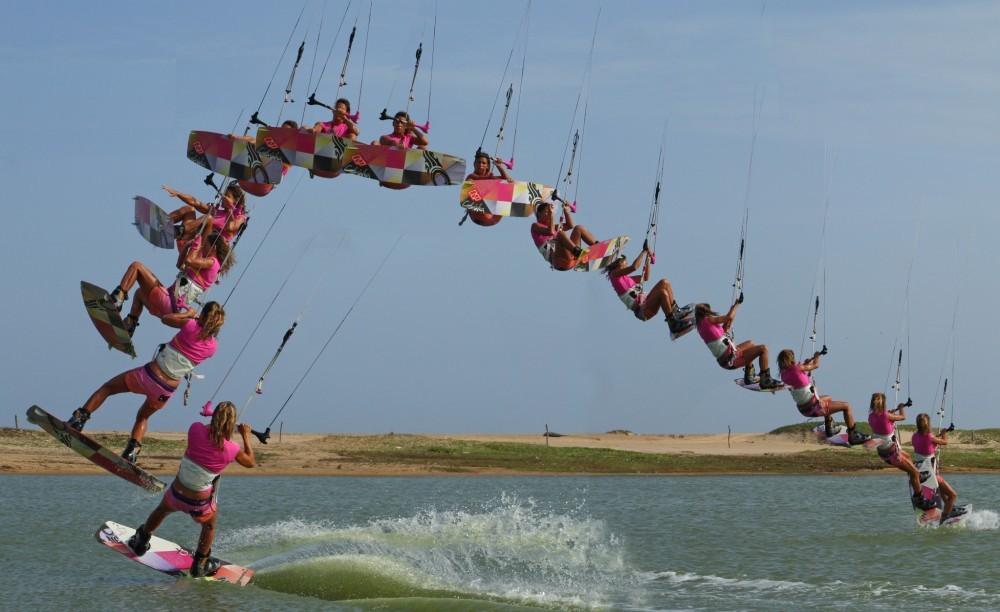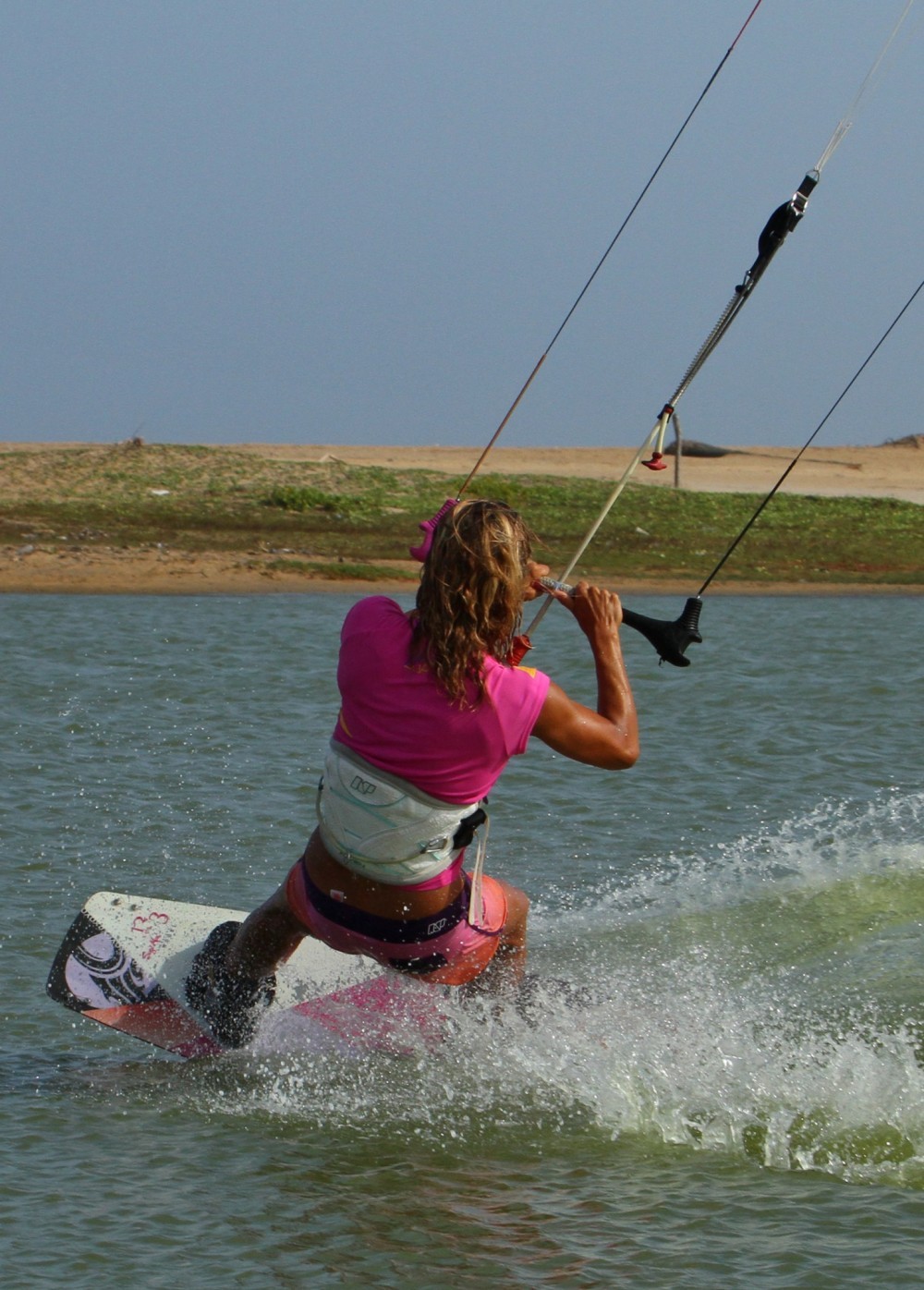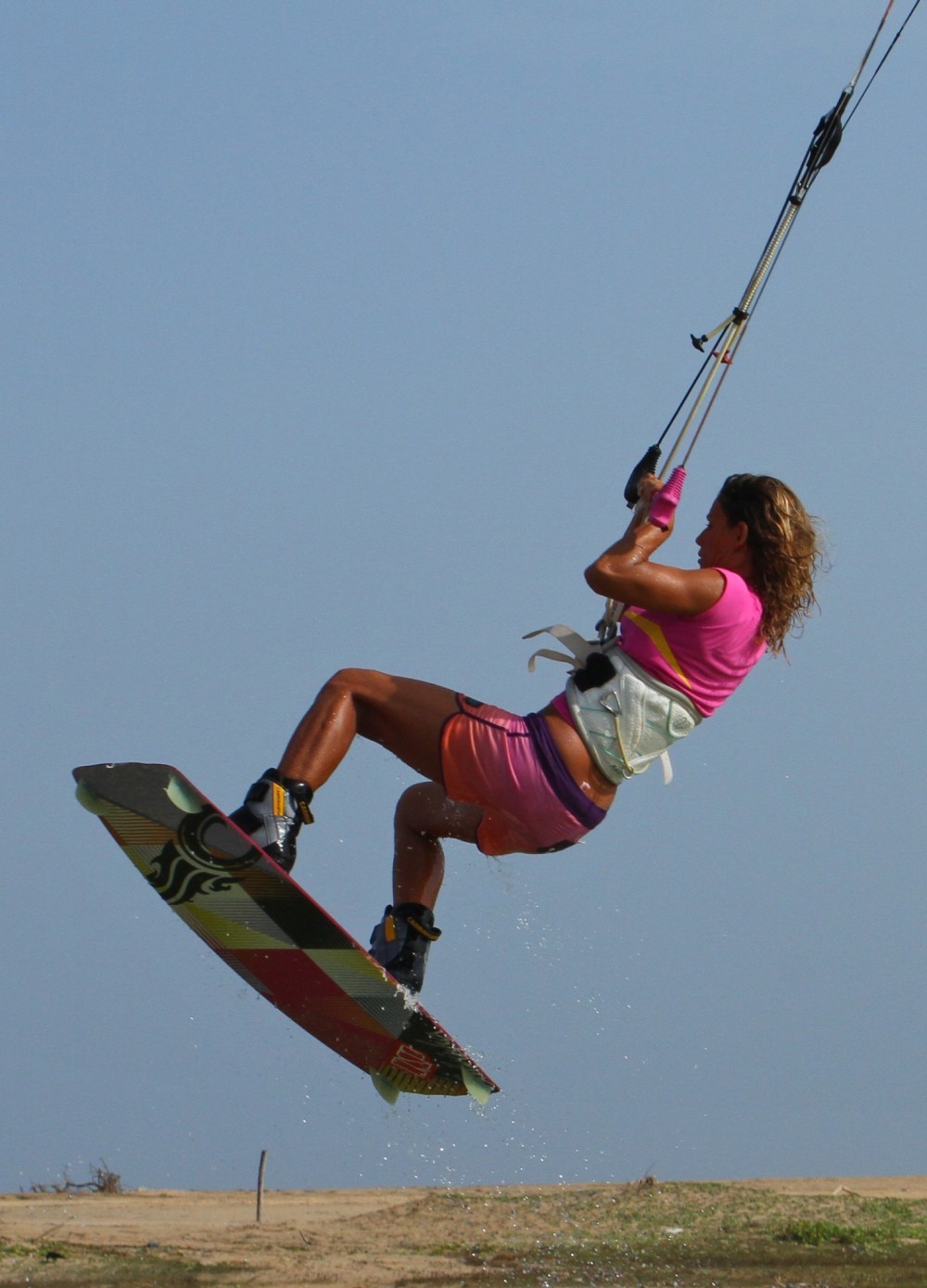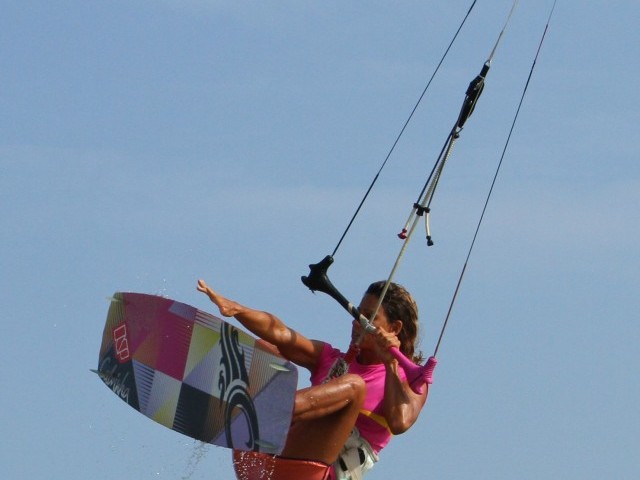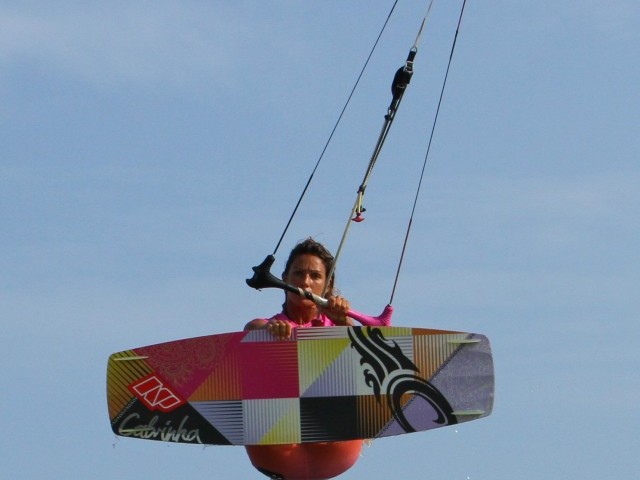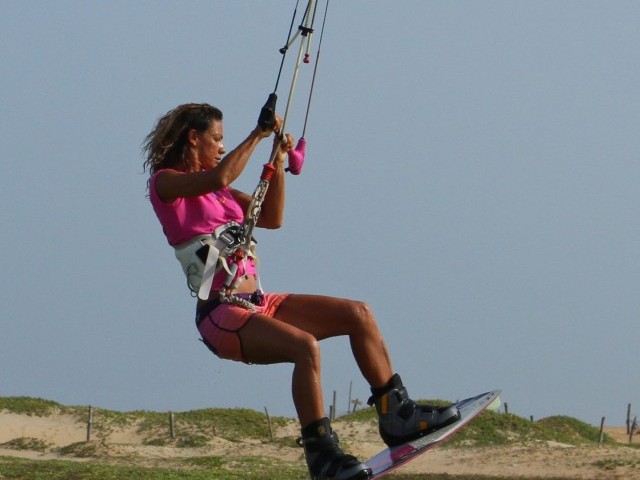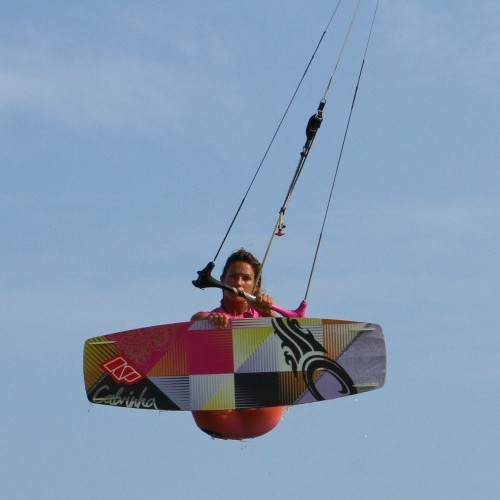
Sent Back Loop Indy Grab
Technique / Intermediate
Introduction
Here’s another grab that’ll keep your back rolls/loops feeling fresh. The Indy is a good variation as it requires both legs to be lifted, and thus is a very different style to your boned out tail variant. The other beauty about an Indy is that if you’re riding boots it’s still easy to reach the grab, as you’re not trying to flex too much material. And if you’re not riding boots the Indy can be the first step to such glorious moves as a back roll board off. That’s surely more than enough motivation for everyone to give this puppy a go.
Many of the principles to the other grabs that we’ve covered in our sent back rolls still apply. You need to be able to perform a sent back roll, and to make this easier it’ll need to be slowly rotated with a bit of height and some confidence building float, giving you time and space to perform a solid grab before you land. So let’s break down some of the crux moments in order to work on this effectively.
The Approach and Take Off.
Approach wise Karine comes in resisting on a good edge heading solidly upwind with the kite either at 11 or 1 o’clock, no higher. Her front leg is extended and pushed forwards, her hips are forced back towards the tail of the board, her shoulders are leaning back and even though her back leg is bent, Karine keeps it solid to resist the power.
Pic A. Here Karine has resisted with a good edge and sent the kite quite hard from 11 o’clock so the pull up will come early, at about 12 or just after. As soon as Karine feels the pull she will stamp up off her back leg in a popping motion and pull the bar in. By popping up into the back loop off her back leg she can’t lean too far back or bend both legs and therefore can’t carve too hard into wind under the kite, so her rotation will be slower. Karine pulls the bar in to immediately freeze the kite above her, preventing it from continuing back as is often the way in sent back rolls. And although Karine has carved into this rotation she has not thrown her head over her front shoulder, she is looking forward through the lines. All this should help you get a mellow rotation rather than an uncontrolled spin.
Knees Up
Extend then lift! We say it all the time but it’s the same for most grabs and so many tricks, you have to get your body in position as soon as you leave the water, the longer you wait the further you’ll rotate and the less time you’ll have. This doesn’t mean that you have to be holding the board as soon as the fins leave the water but if you get your body in position the grab will be easy to reach. However you need to extend up into the rotation before thinking grab. In the photo as Karine gets airborne she is staring right at the board where she’ll grab it. She lifts both knees up towards her, work that tummy! This will help with slowing the rotation down - if you’re looking for the grab you can’t throw your head around into the rotation.
Lift to Grab
If you bring both knees right up into your chest the grab should be a doddle. The obstacles with the Indy are your harness and the kite. The harness is supporting you, the kite is lifting you, and you’re aiming right for the middle of the board, so it’s all in your way. You can’t bend down with that force, so let your stomach and legs do the work and bring the board up towards your outstretched hand. As your knees come up allow your head and shoulders to rock back into a relaxed sitting position. You can see that Karine hasn’t rotated much since the last photo, so she’s being quick to get the board up and she’s rotating slowly. Again, looking for the grab keeps your head between your shoulders, keeping the rotation slow. This is probably a good moment to mention the advantage of giving the kite a decent send for the jump. It’s not just about getting height, but because you’ll spend a considerable amount of time keeping the bar pulled in with only your front hand, the kite will merely move from behind you to slightly in front of you. If you gingerly drift the kite up and it barely gets to 12, by the time you come around your back roll the kite will be way too far forward and pulling you off balance.
Hold It
Once you’ve got the grab, hold it. You want to try and hold your grab for as long as possible and the slower your rotation, the easier this is. You can see that Karine’s position in the air is almost as if she was sitting on the beach – it’s comfy so enjoy it. If you’ve sent the kite hard and frozen it above you on take off you should be able to relax and unless you feel the kite pulling too far forward resist the temptation to look over your shoulder. By eyeing up the camera Karine is stalling her rotation. If the kite does pull you can sheet out slightly and move on to the next stage, if not just wait until you start to float down, then think about the landing…
Turn and Land
If your rotation is controlled and the kite is not too far forward you can hold the grab until just before touchdown. However to make sure that you complete the 360˚ and get far enough around to land perfectly you will eventually need to turn your head over your front shoulder to see where you’re going, spot your landing and get the board pointing downwind. When you do release the grab, aim to get both hands on the bar and give it a good dive to help you land downwind. As you turn your head focus your eyes downwind, rather than around towards where you’ll go, otherwise you’ll land on too much of an edge.
Top Tips
- Start with some back rolls, concentrating on the send, upward take off and slow rotation. Then start to bring your knees up and roll back in you harness.
- If you’re struggling with the slow rotation, try approaching it as you would for a back roll transition, as with less speed you’ll find it easier to go up into the back roll and rid yourself of the spin.
- Now have a good look at the Sequence and Videos.
Common Problems
If you are over-rotating your back roll and either landing across the wind on an edge or starting another rotation make sure that you don’t carve up excessively during your take off. You should go from the edge that you’ve approached with, and then kick up and around. Also make sure you dive the kite for the landing as this will stop your rotation and pull you off down wind.
If you’re getting pulled forward and off balance by the kite in the air, either crashing or landing nose first. This is a result of the kite flying forward of 12 o’clock, so in Karine’s case towards 11, and can be due to a number of reasons. Firstly make sure your hands are centred on the bar, keep the bar in with one hand without yanking it forward. Make sure you send the kite, the further it goes back, the further it needs to return, so there is a perfect balance depending on your height and kite size.
Keystones
- Good solid edge with straight front leg and back leg resisting.
- Send kite positively.
- Pop up into the back roll (not around), extending.
- Lift knees and rock back, ready for the grab.
- Turn head and dive to complete rotation.
This technique article was in Issue 47 of IKSURFMAG.
Related
By Christian and Karine
Christian and Karine have been working together as a coaching team, running improver to advanced kitesurfing clinics since 2003.






